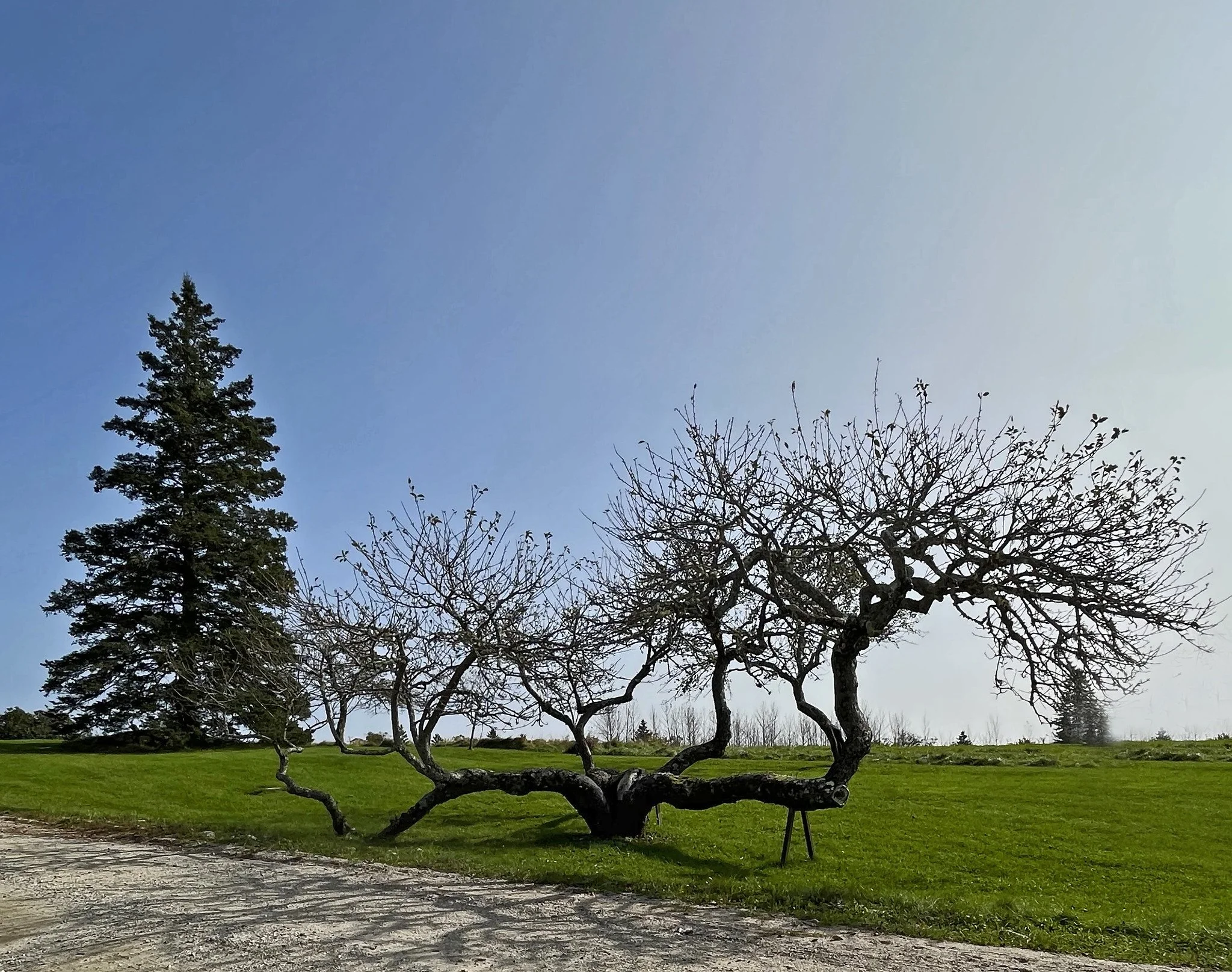Down East Maine lobster boats have evolved over many years into remarkably efficient working vehicles that (to some of us, not everyone) have become examples of beautiful functionalism. They come in various sizes and colors, but also have many common features.
The fishing vessels shown here are part of the local fleet of “inshore” boats that fish on day trips for lobsters well within the 200-mile limit of U.S. waters. Much larger lobster boats fish farther out in the “offshore” fishery, often taking multi-day trips.
As far as I can tell from observation and the design literature, some inshore lobster boats are relatively small (14-22 feet long), but apparently a majority are of good size, up to about 45 feet. Nowadays, most are made of fiberglass or some non-wood compound and are run on a single, inboard marine diesel engine.
They usually have a low trunk cabin in the bow area; a standing shelter/wheelhouse with an open back amidships, and, behind that, an open cockpit with low rails (freeboard) to facilitate trap hauling. That hauling is usually done with a hydraulic lift that swings over the side of the boat. Inside the wheelhouses, they usually are equipped with a citizens’ band (CB) radio and/or a very high frequency (VHF) marine radio telephone, a depth sounder, and radar.
Perhaps the most distinguishing characteristics of a lobster boat are its deep and sharp “forefoot” (front portion of the hull) and corresponding high bow with spray rails near the water surface. These features help maneuverability, especially in rough waters. The “sheer” of most lobster boats is what attracts me – that graceful, downward sweep from their high, water-busting bows, through their low, spacious cockpits, to their sterns.
(Images taken in Brooklin, Maine, on October 17, 2023.)















































































